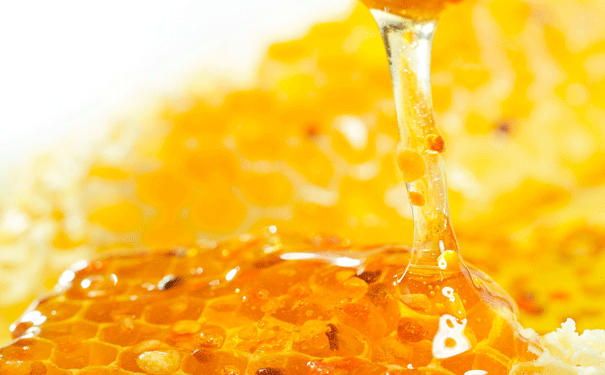
Honey is a natural sweet treat that can fight infections. Image: Shutterstock
It may be sweet, but it’s not bad for your health….it can even save you from infections.
A research group in Brisbane led by the Queensland Alliance for Agriculture and Food Innovation (QAAFI), has found that Australian native myrtle honey has high levels of the antibacterial compound, Methylglyoxal (MGO). As a result, it surpasses all other medicinal honeys, including Manuka, that are currently available.
According to Carolyn MacGill, the CEO of The Australian Organic Honey Company & Medi Bioactive Australia the research has found MGO readings over 1750mg/kg in some batches of honey. She stated in the press release “this would make this range of honeys one of the most potent in the world.”
The research team has tested honeys with an MGO range of 500 to 1750mg/kg to prevent the growth of Methicillin Resistant staphylococcus aureus (MRSA). The chief researcher, Dr Yasmina Sultanbawa, says that only a small amount of honey was needed to fight the infection due to its potency.
“The sheer strength, due to high levels of active compounds in these honeys, has meant that we have been able to completely inhibit MRSA for example in in-vitro studies with a relatively small quantity of the honey,” Dr Sultanbawa said in the press release. “This means potential products could maintain significant levels of anti-bacterial activity even in surface wounds where the honey is diluted in the bed of the infection.
Wounds that are colonised with MRSA are becoming an increasing issue in hospitals and nursing homes. Dr Sultanbawa says “The continued emergence of strains with resistance to antibiotics or even antiseptics adds to the difficulties of treating these infections.
“Investigations into unconventional remedies that are non-toxic and unlikely to result in resistance to the treatment, such as the QAAFI research into bioactive honeys, is very promising.”






